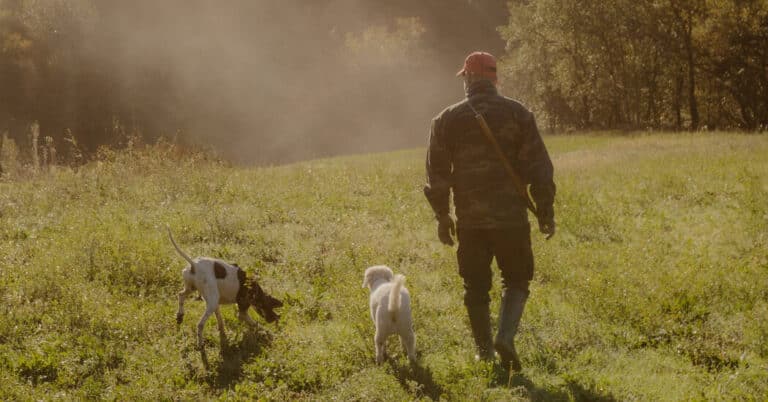Primo and Scilla led the way deeper into the woods near Amandola, in central Italy. Across a gurgling brook, up a muddy slope, over mossy tree limbs, through a tangle of brambles and vines, the dogs covered acres of terrain. For nearly three hours, their olfactory senses were on high alert for white truffles, a delicacy with soaring prices, in large part because they are under extreme threat by climate change.
Gram for gram, the white truffle is one of the most expensive foods on the planet. In Italy, fresh white truffles run as high as 4,500 euros per kilogram (or nearly $2,200 per pound), according to Coldiretti, Italy’s biggest agricultural trade group. Once they get shaved onto a plate of risotto or roast quail in the finest restaurants in the world, the price will multiply again, underscoring their “white gold” nickname. Acquerello in San Francisco offers a $495 truffle tasting menu (excluding wine and tax). Trufflephiles in London and Dubai can expect a similarly pricey check.
Last year, at an auction in Alba, Italy, a one-and-a-half-pound specimen fetched a record price of €184,000 (nearly $200,000). Supply constraints notwithstanding, bidders are set to converge on Alba, Italy’s truffle capital, on Sunday to do it all over again.
With more extreme weather, a shrinking woodland habitat and high demand, sky-high prices will be the norm, truffle experts say.
The Tuber magnatum Pico, or white truffle, has always been tricky to find. (Efforts to grow it in truffle farms have resulted in some breakthroughs by scientists, but they are not enough to feed truffle fans’ soaring demand.) In Italy, the truffles grow in select spots, colonizing near the roots of oak, beech and poplar trees.
Truffles draw nutrients from their woody neighbors and nourish them, too. Given enough moisture and cool air, they fruit and ripen underground, signaling to dogs and woodland creatures where they are.
On the recent hunt in the woods near Amandola, Alessio Galiè, a 38-year-old tartufaio, or truffle hunter, pointed out the scenes of past conquests, including the six he had unearthed earlier in the week. Meanwhile, Primo and Scilla patrolled, nose to the ground. Every now and then, they picked up a scent. The anticipation of a score seemed as thick as the morning mist.
As the hours wore on, Mr. Galiè resorted to some tricks to keep the dogs focused. When he lost sight of them, he would hide a few truffles deep in the soil. When the dogs caught a whiff, they would circle back and dig them up, earning a treat. But that is as much action as the dogs got. There were no truffles that day, Mr. Galiè glumly concluded, swinging his vanghetto, a harpoon-like spade.
When truffles can’t be found, something’s wrong.
A bone-dry summer and an autumn drought have messed with this year’s truffle trade. The same could be said of last year, and the year before that. “The climate’s no good,” said Mr. Galiè. (The climate is also being blamed for Italy’s olive oil crisis.)
Ancients called these aromatic fungi, which come to market a few weeks each autumn, “the food of the gods.” Some consider them aphrodisiacs for the endorphin-pinging essence they pack.
Post Views: 12


